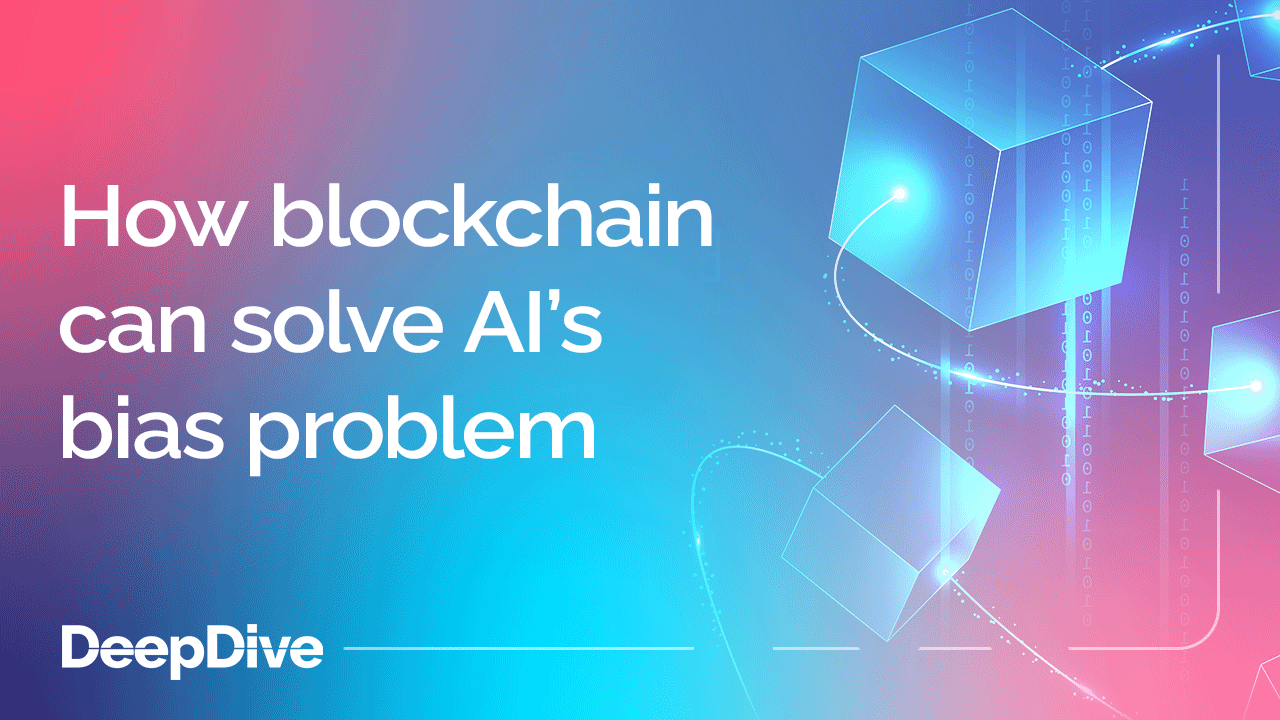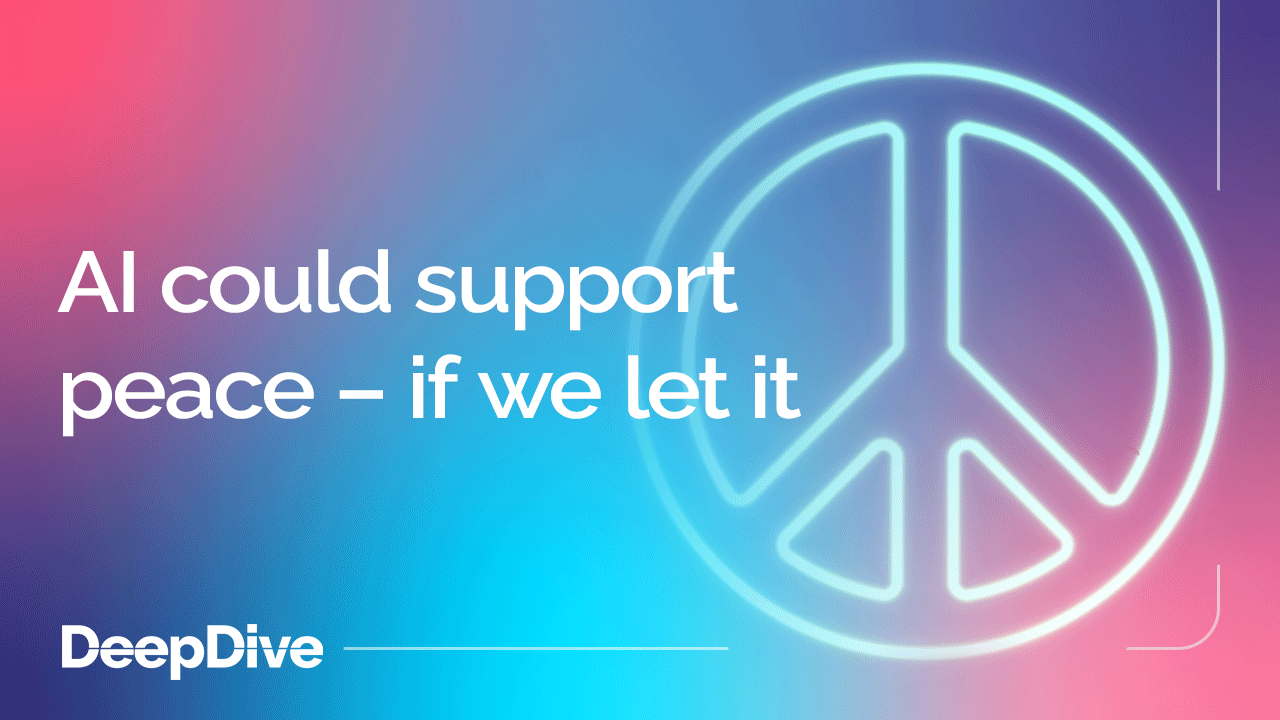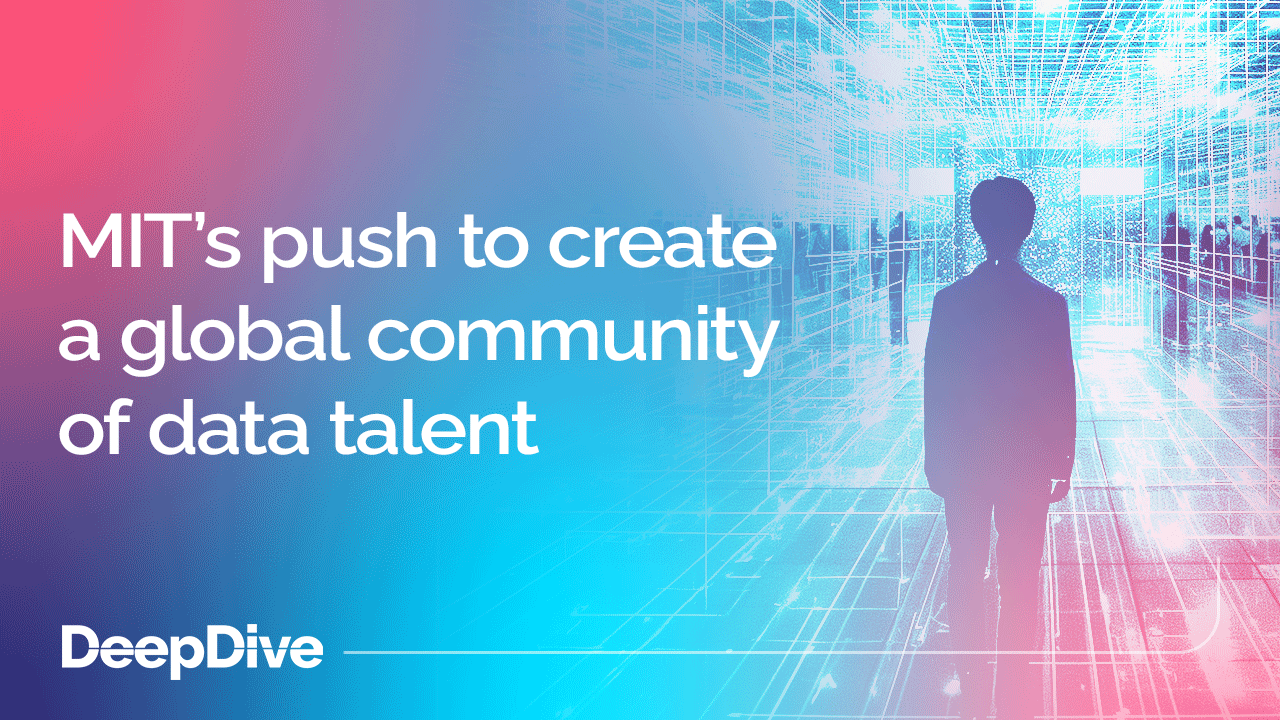

Back from the brink: Language, culture, and AI

Welcome to the 27 new deep divers who joined us since last Wednesday. If you haven’t already, subscribe and join our community in receiving weekly AI insights, updates, and interviews with industry experts straight to your feed.
DeepDive
Your weekly immersion in AI.
Right now, there are 7,168 living languages in the world. And 3,078 of those are classified as endangered.
According to data from Visual Capitalist, that means that more than 88 million people speak languages that are at risk of extinction.
The highest number of endangered languages come from Indonesia (425); followed by Papua New Guinea (312), Australia (190), and then the United States (180).
But if languages are dying out due to cultural assimilation, what can be done to protect them? AI developers are working on a solution – reviving endangered languages through LLMs that are trained on existing texts and recordings.
Wait…why should they be protected?
If no one’s using them anymore, then why do they matter? We’re glad you asked.
Protecting endangered languages is important for all of the following reasons (and more):
- Protecting cultural knowledge and history. Languages run deep – they’re rich in cultural knowledge, traditions, perspectives, and even emotions that don’t exist anywhere else. When we lose a language, we lose a part of human cultural life that can’t be replaced.
- Keeping indigenous knowledge alive. A high proportion of endangered languages are spoken by indigenous communities – and they’re rich in valuable, traditional ecological knowledge, medicinal practices that haven’t been recorded elsewhere, and traditional (often sustainable) ways of living. The knowledge systems contained within endangered languages are worth protecting – not least because we might need to learn from them in the future.
- Linguistic diversity supports a deeper understanding of humanity. Every language has grown from a unique perspective on the world – and when we learn a language, we expand our understanding of human communication, cognition, and linguistic development. This means that endangered languages offer a repository of data for research in fields including cognitive science, linguistics, and anthropology.
- Language is a human right. The United Nations recognises the right for people to use their native language. So the preservation of an at-risk language is never for the sake of the words on their own; it’s part of a wider struggle for the cultural autonomy of minority groups.
- The transfer of intergenerational knowledge. When one generation passes its traditions, stories, and values to the next, they do so through language. And when a language is lost, the transfer of knowledge is cut off; there are aspects of experience that can never be communicated without that language.
Endangered languages aren’t just sets of words that people won’t say anymore. They’re the containers of experience, of emotion, of cultural practice and generational knowledge – and the loss of any single language cuts out an element of human experience forever.
OK, so languages are important. What can AI do to protect them?
Researchers at the University of Toronto and the University of Alberta have developed an AI language model called MuseCryption, with the purpose of reviving endangered indigenous languages.
It does this by learning to generate new words, phrases, and sentences in an endangered language – using a model trained on existing texts and speech recordings. Based on those data sets, the AI model can develop new words and speech patterns that follow the conventions of the endangered languages.
And this enables the creation of new educational materials, language learning resources, and dictionaries – to help communities teach and protect their languages for future generations.
For human linguists, language documentation work to lay the same foundations for new materials to be generated could take months or years. But an AI-powered tool like MuseCryption can produce large volumes of linguistic data in a very short space of time, significantly increasing the likelihood of preserving that language, while lowering the cost of doing so.
AI as a protector of culture
Messages about AI being a threat to human culture are everywhere. So we love this reminder that AI technology can also protect our cultural diversity and support human rights – by enabling languages to be documented, understood, and passed on to new generations.
Join the conversation
What’s your favourite example of AI making a positive difference to human culture? Head to the comment section on LinkedIn and tell us about the projects that have captured your imagination recently.
Did you miss DeepFest 2024? Don’t worry – register now to secure your place at the 2025 edition. We can’t wait to see you there





